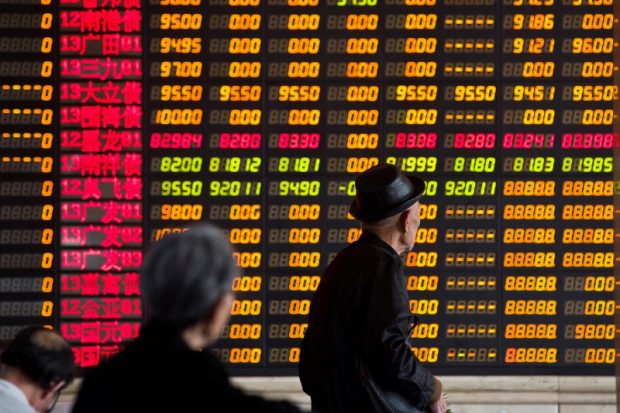The War for Capital – China's Stock Market Reforms in 2019
January 06, 2020 | BY
Vincent ChowFaced with a slowing economy and a bruising trade war, China's securities regulator under new leadership has sought to ease financing channels for companies by introducing innovative reforms to the domestic IPO system and opening up to increased foreign capital inflows
It has been a year since China's securities regulator had a new leader at its helm. Yi Huiman took over the reins of the China Securities Regulatory Commission (CSRC) in January 2019. His small task? To revitalize a stock market amidst falling investment, a slowing economy, and an ominous trade war threatening to stifle long-term growth.
This premium content is reserved for
China Law & Practice Subscribers.
A Premium Subscription Provides:
- A database of over 3,000 essential documents including key PRC legislation translated into English
- A choice of newsletters to alert you to changes affecting your business including sector specific updates
- Premium access to the mobile optimized site for timely analysis that guides you through China's ever-changing business environment
Already a subscriber? Log In Now
For enterprise-wide or corporate enquiries, please contact our experienced Sales Professionals at +44 (0)203 868 7546 or [email protected]





